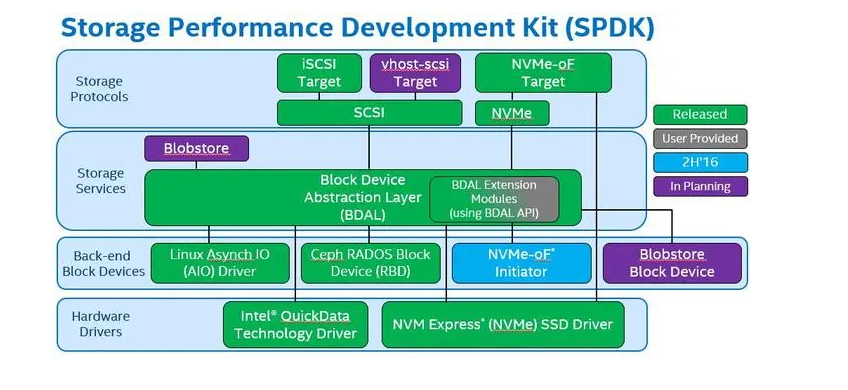以下是使用加载的模型进行预测的代码示例:
import tensorflow as tf
def predict_images(model, test_dataset):
predictions = []
for image_batch, _ in test_dataset:
# Make predictions on batch of images
batch_predictions = model(image_batch)
# Append the predictions to the overall list
predictions.extend(batch_predictions.numpy())
return predictions
# 加载模型
saved_model_path = 'saved_model2'
loaded_model = tf.saved_model.load(saved_model_path)
# 获取测试数据集
test_dataset, test_count = get_dataset(dataset_root_dir=config.test_dir)
test_dataset = test_dataset.batch(batch_size=config.BATCH_SIZE)
# 进行预测
predictions = predict_images(loaded_model, test_dataset)
print(predictions)
这段代码假设您已经定义了predict_images()函数,该函数接收一个模型和一个测试数据集,并返回预测结果列表。其中,model(image_batch)代表对批量图像进行预测。
请注意,在实际应用中,您可能需要根据您的具体情况调整代码,并根据模型的输出类型进行后续处理或分析。
内容由零声教学AI助手提供,问题来源于学员提问





















